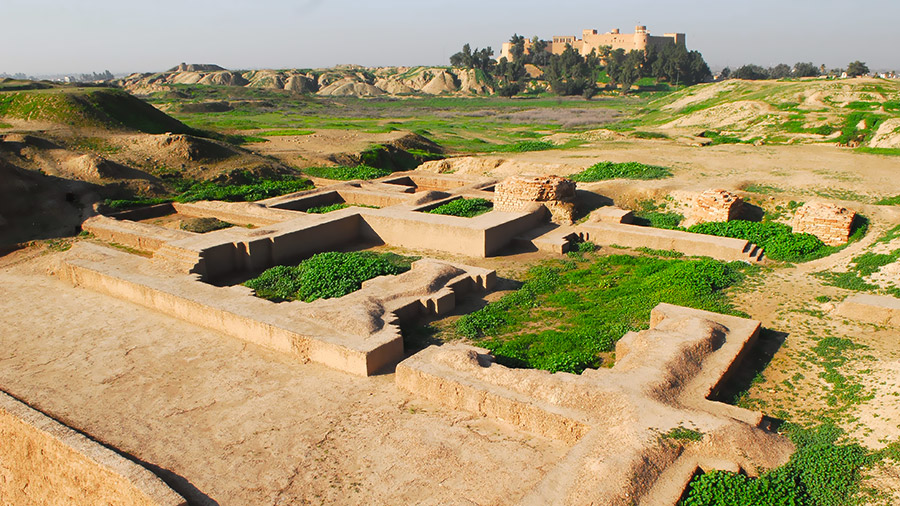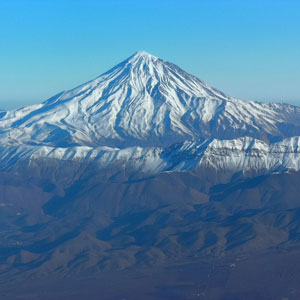 Signin with Google
Signin with Google Signin with Facebook
Signin with Facebook
 Places,History
Places,HistorySusa, the First Recorded Battleground of History

At the lower range of the Zagros Mountains, neighbouring the two roaring Karkheh and Dez rivers in the green setting of the Khuzestan province once was known as a flourishing centre of the district for its silk and sugarcane. As a merging point where the Mesopotamian and Persian civilizations influenced each other, Susa is one of the few ancient sites in the Middle East which bears witness to different Neolithic civilizations and also Elamite, Achaemenid, Greek and Sassanid developments.
The remains of the ancient city of Susa have so many stories to recall to the visitor. Here is a place of major historical significance, a cradle of mankind, which witnessed the rise and fall of the greatest kings and empires. One of the oldest settlements of the region, mentioned in the Bible and the Book of Jubilees, Susa is where the first recorded war of history happened in the battle of the Sumerian king ENEMBARA with Elamites in Susa in 2700 BCE.
Excavated over more than a century by the British and then French archaeologists, Susa has not yet delivered all its secrets. It is nowadays located in the Iranian city of Shush in the southwest of the country as an angle of Khuzestan golden triangle of Susa, Shushtar and Tchogha Zanbil.
A biblical city
Susa has been coveted by many kings throughout history, thus endured the wars and rivals of kingdoms. For a long, it was the proud capital of the Elamite Empire, the centre of the ancient Elam civilization. Flames rose over the city, pillaged and destroyed when the Assyrian king Ashurbanipal undertook its conquest. "Susa, the great holy city, the abode of their gods, the seat of their mysteries, I conquered. I entered its palaces, I opened their treasuries where silver and gold, goods and wealth were amassed” declared Ashurbanipal, in what is known as the "Battle of Susa".
Elamites, Assyrians, and later Achaemenids fought for the majestic Susa. From Shapur to Cyrus the Great, Darius and Xerxes, the most glorious kings of the Persian Empire made Susa the centre of their political power. Even Alexander the Great, the Macedonian king, came here to celebrate what is known in history as the "Susa weddings", in an attempt to unite the Persian and Greek cultures. The creative ceremonial architecture of Susa became a specific feature of the Iranian Plateau exported to its neighbouring lands.
A testimony for mankind
Three times in history, Susa suffered the hunger of conquerors. After the Assyrian kings, the ancient city was destroyed during the Muslim conquest of Persian 1300 years ago, and 600 years later, sacked by the Mongols. Yet, its remains stand proudly over four silent mounds. One can walk where was once the Apadana, the majestic palace complex built by Darius I and covered with blues sculpted frescos, which beauty and splendour rivalled with Persepolis.
Among the columns and vestiges of Acropolis, as well as Ville Royale (Royal city), were found ceramics and potteries, which offer a priceless testimony of how people lived several millenniums ago. It's also here that was found a cuneiform tablet inscribed with the Code of Hammurabi of Babylon, one of the oldest codes of law.
Close by, the French archaeologist Jean-Marie Jacques de Morgan built, in the late 1890s, the Shush Castle with bricks coming from the Darius Palace and Tchogha Zanbil. Well preserved, its ochre towers and fortifications seem to look after the eternal rest of the antique city of Susa. UNESCO recognized the ancient city of Susa with 27 layers belonging to more than 2000 years of urban settlements on it as an outstanding universal value, to be inscribed as a testimony of human development in UNESCO World Heritage list in 2015.


